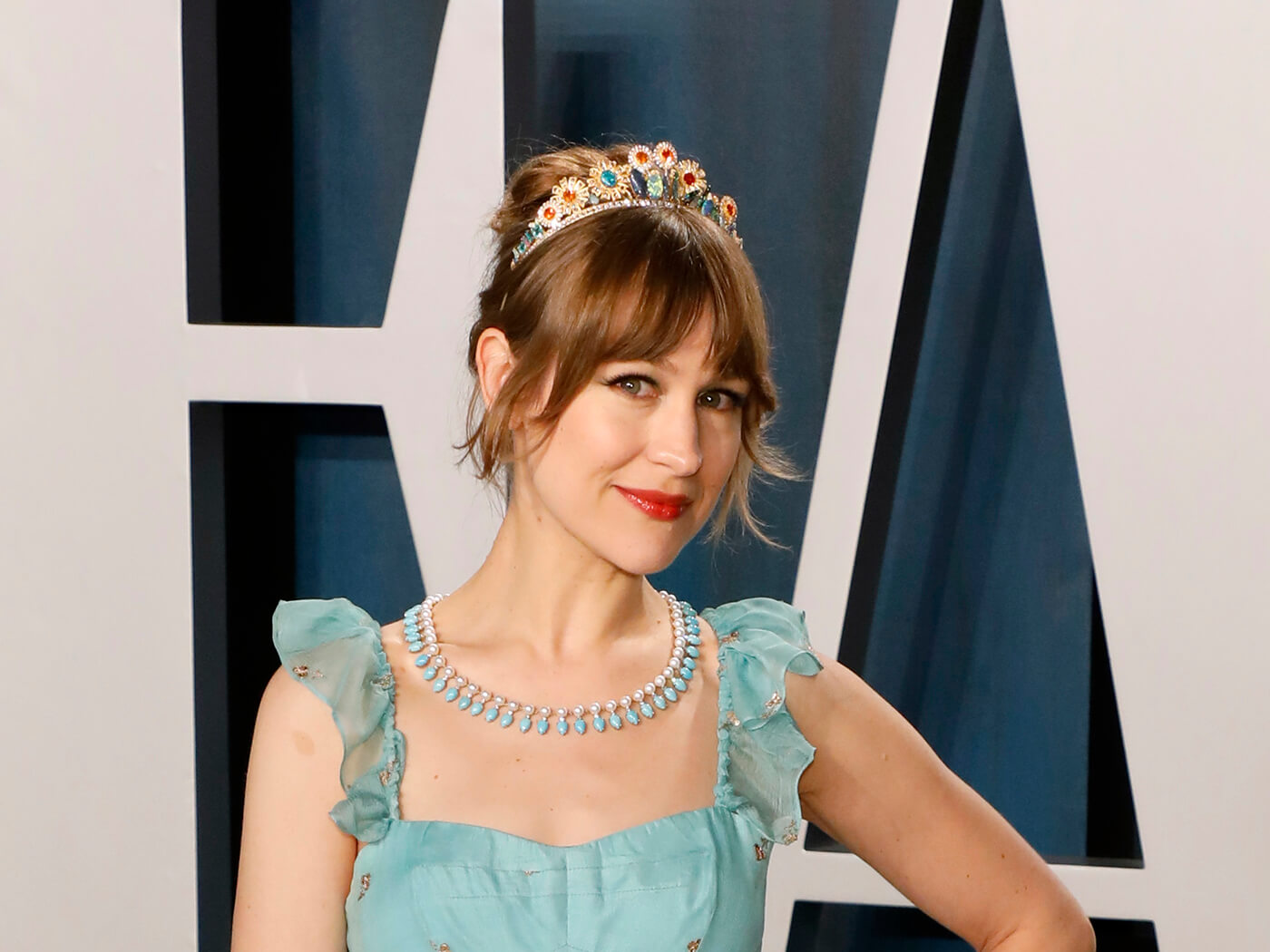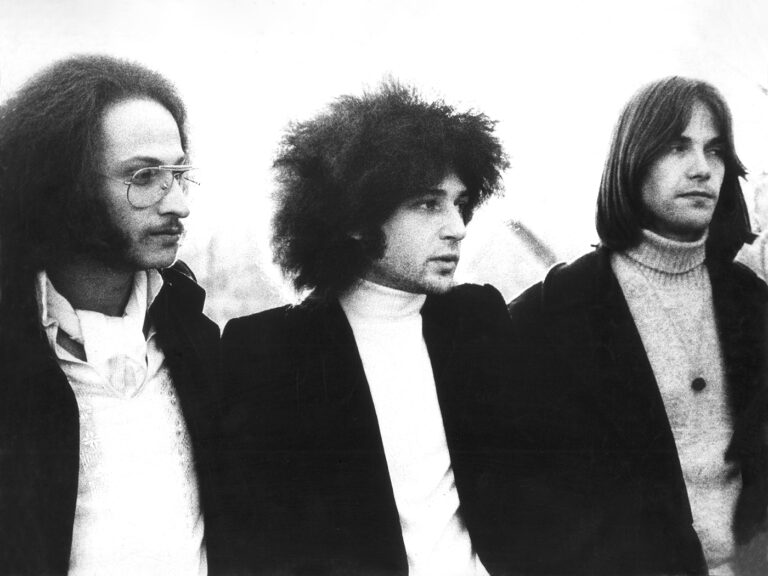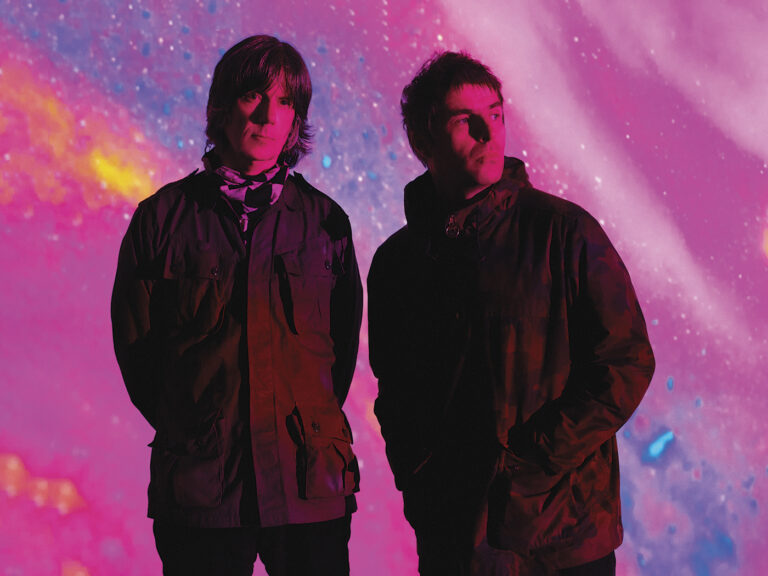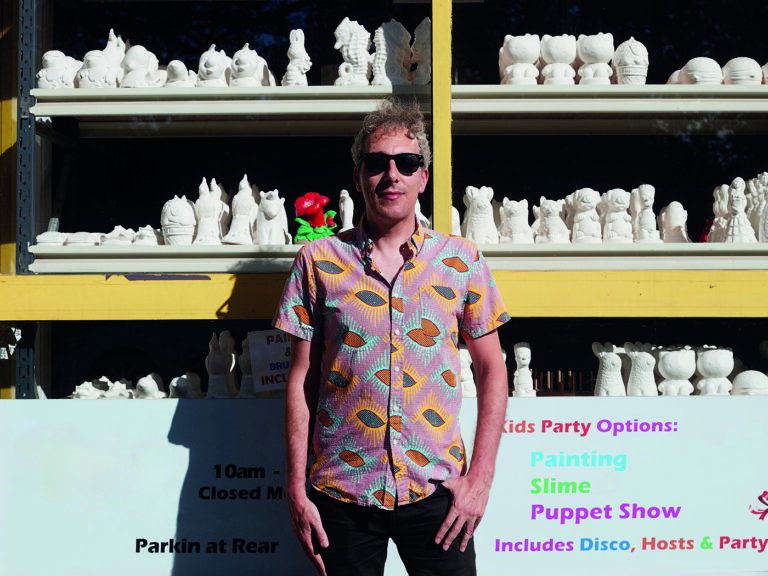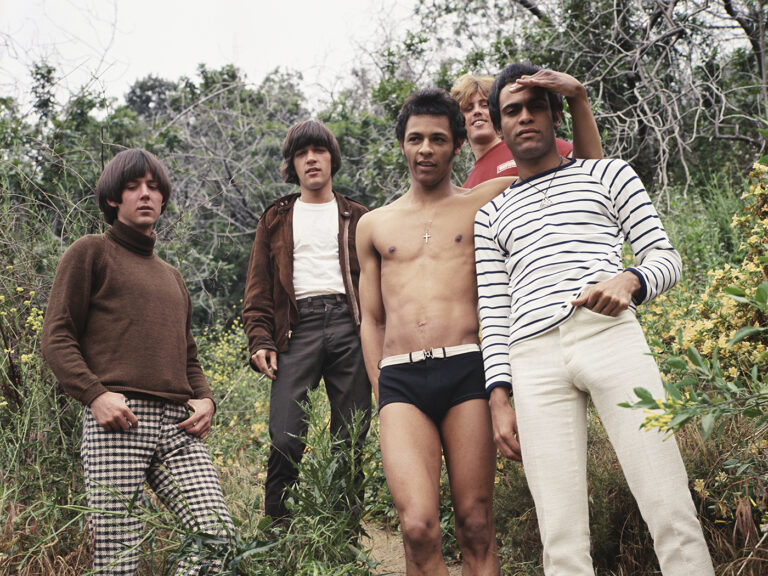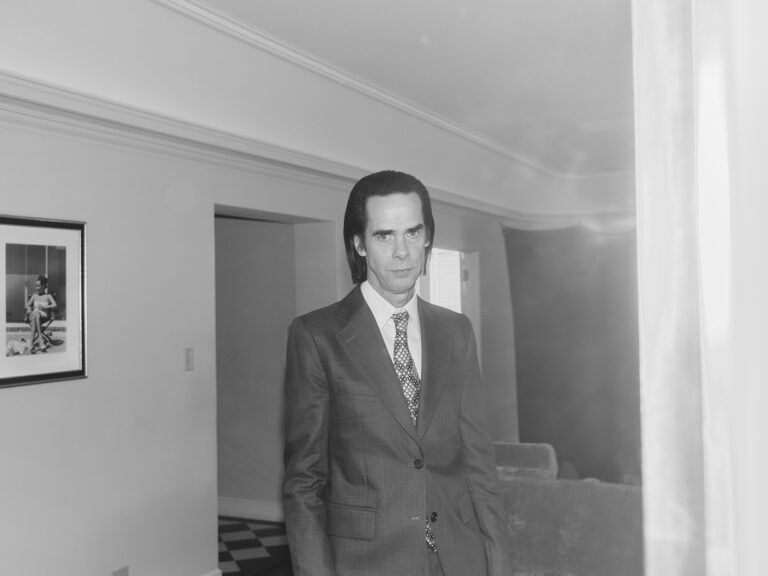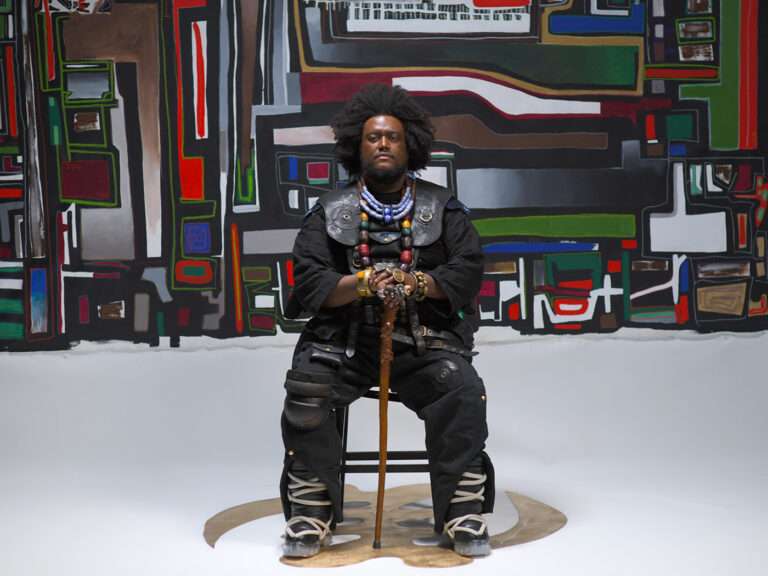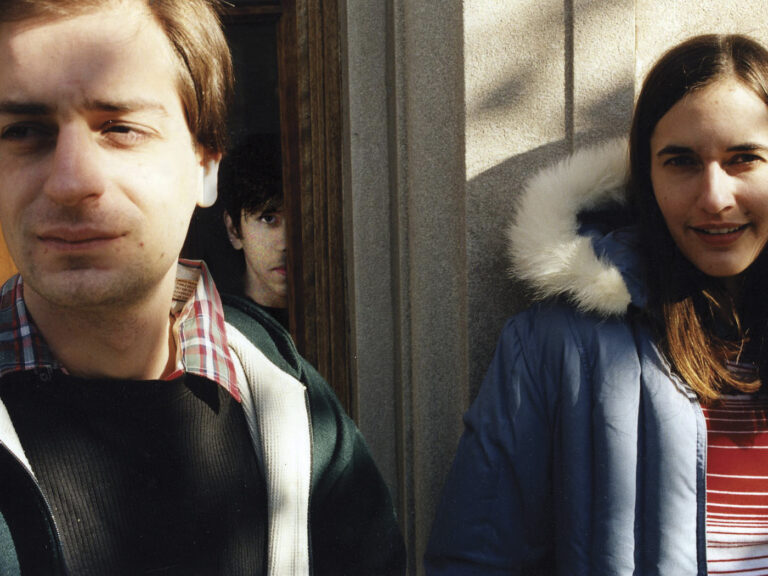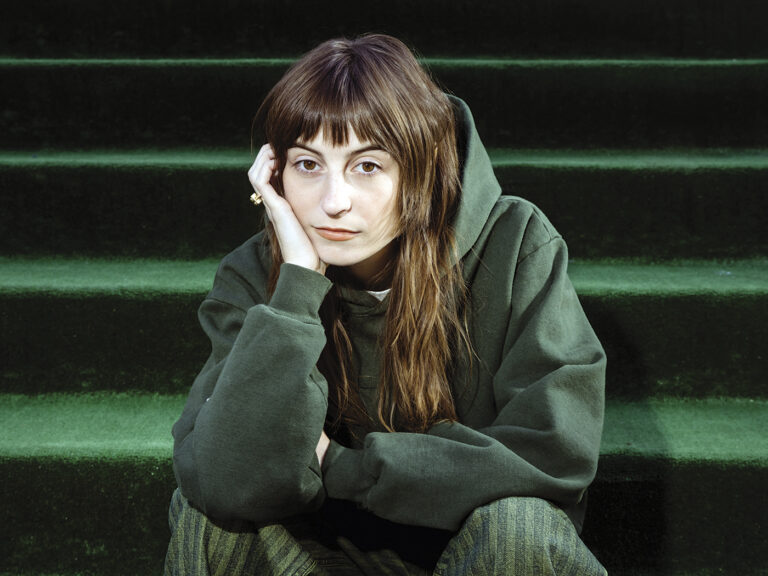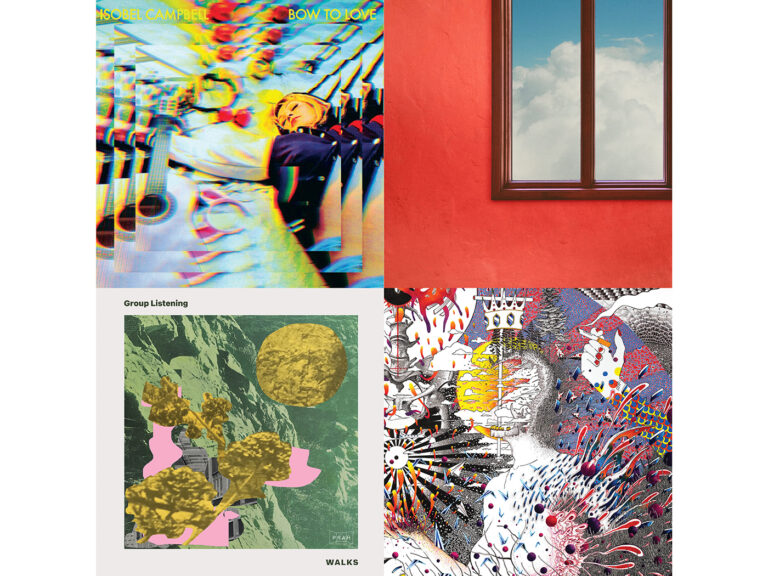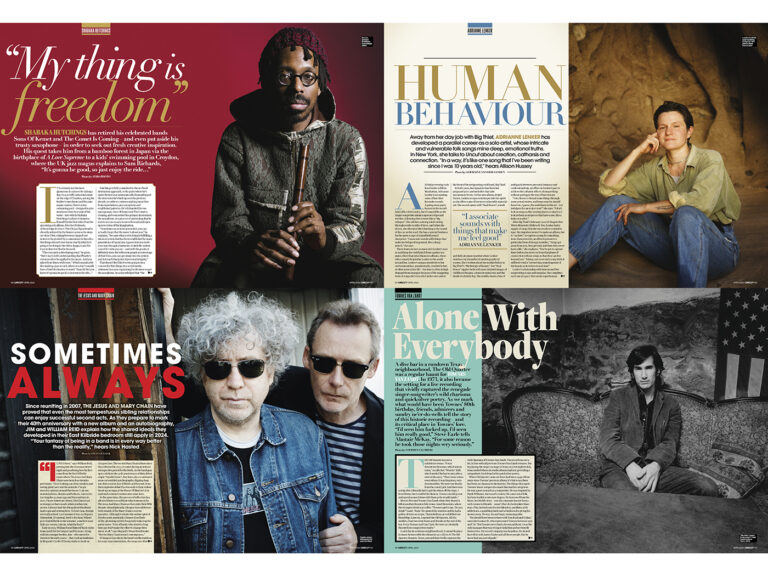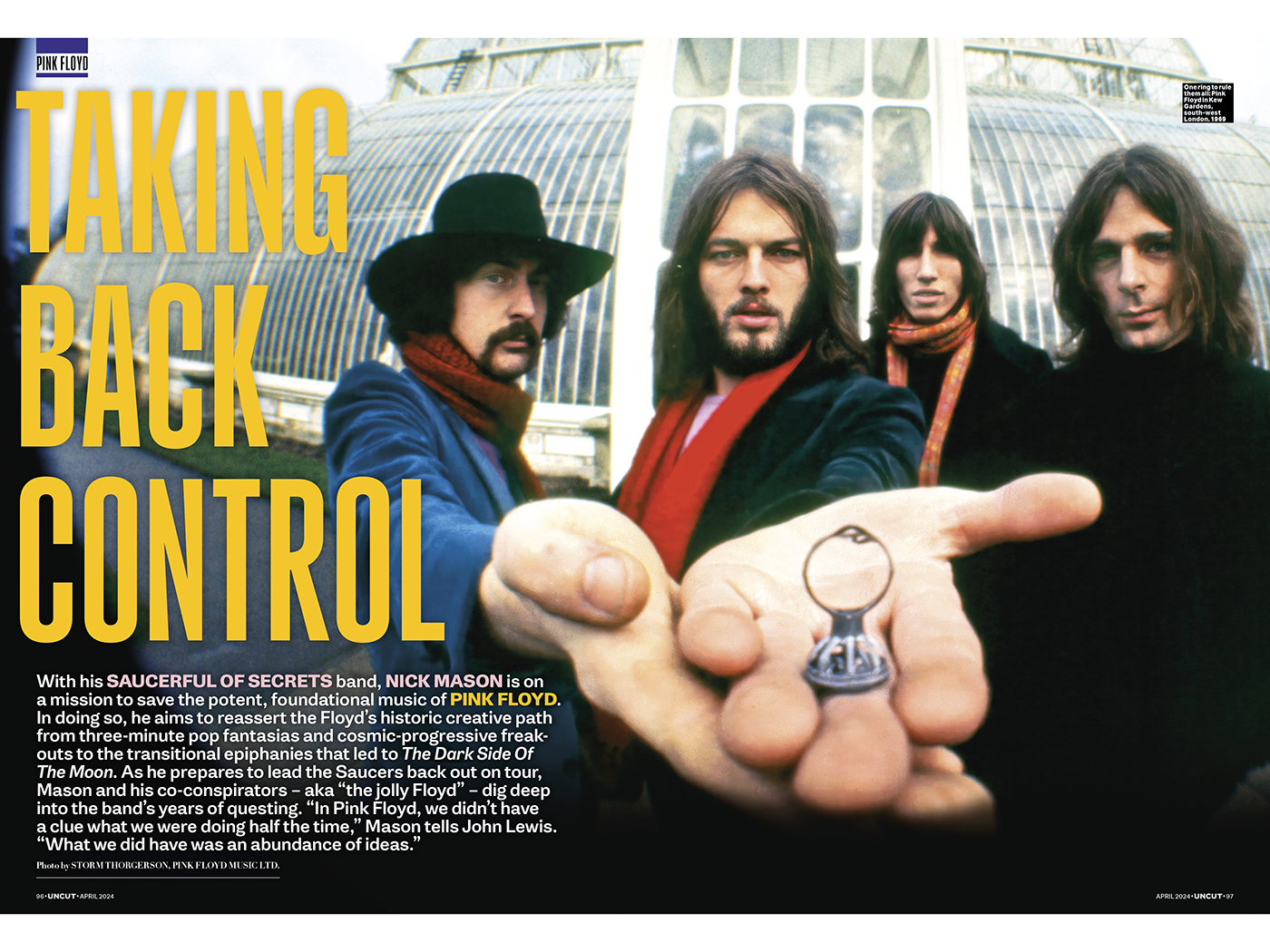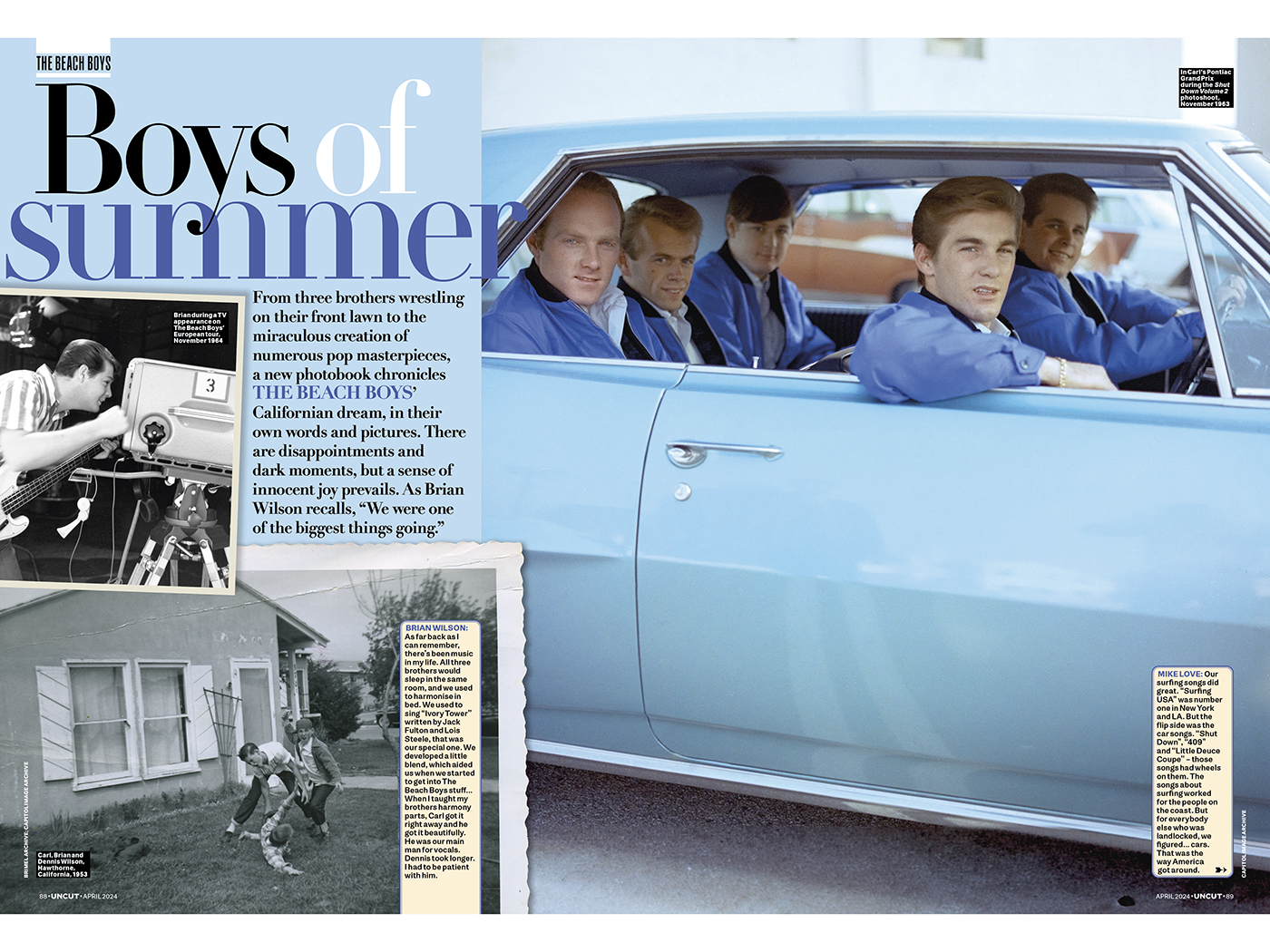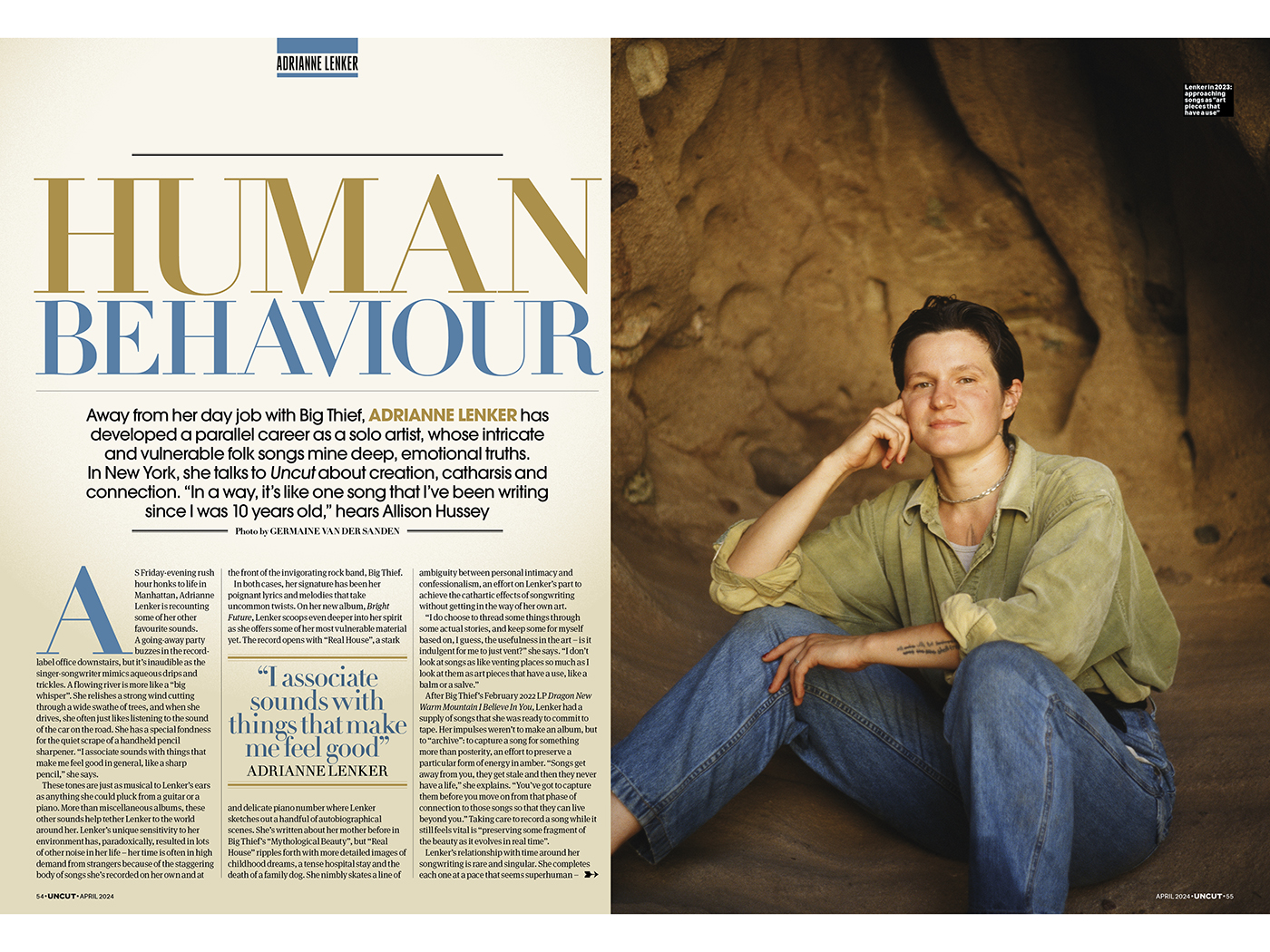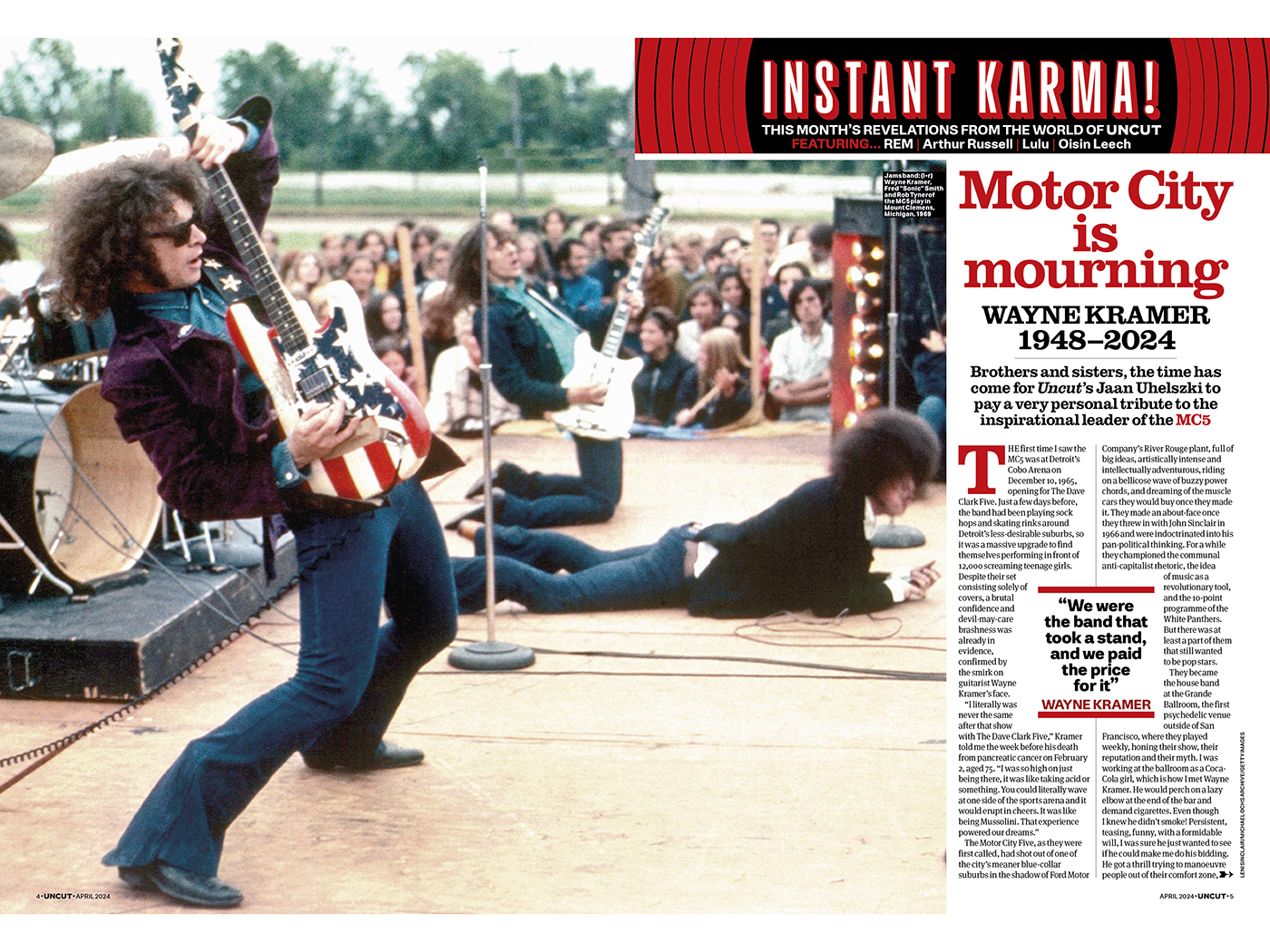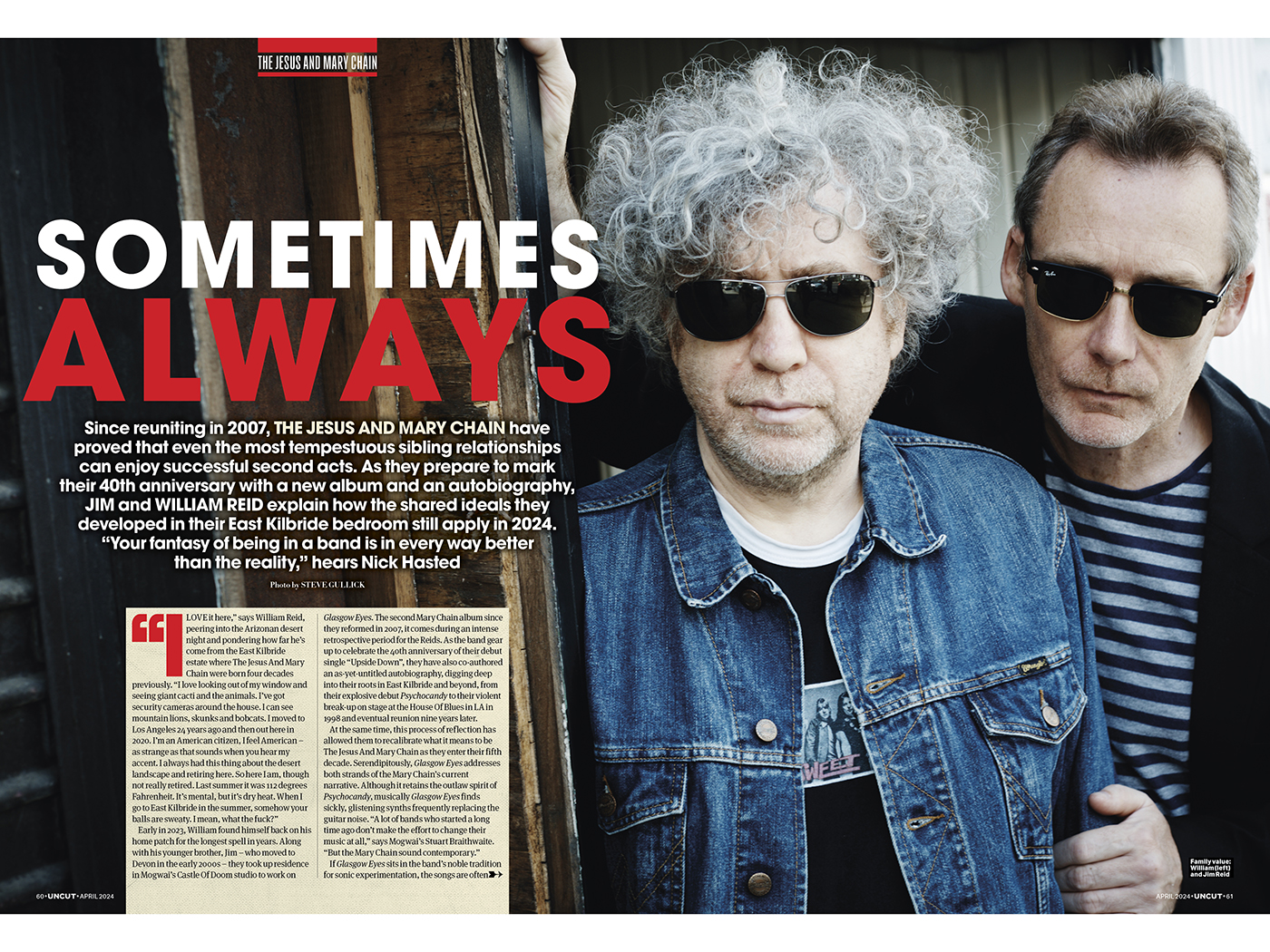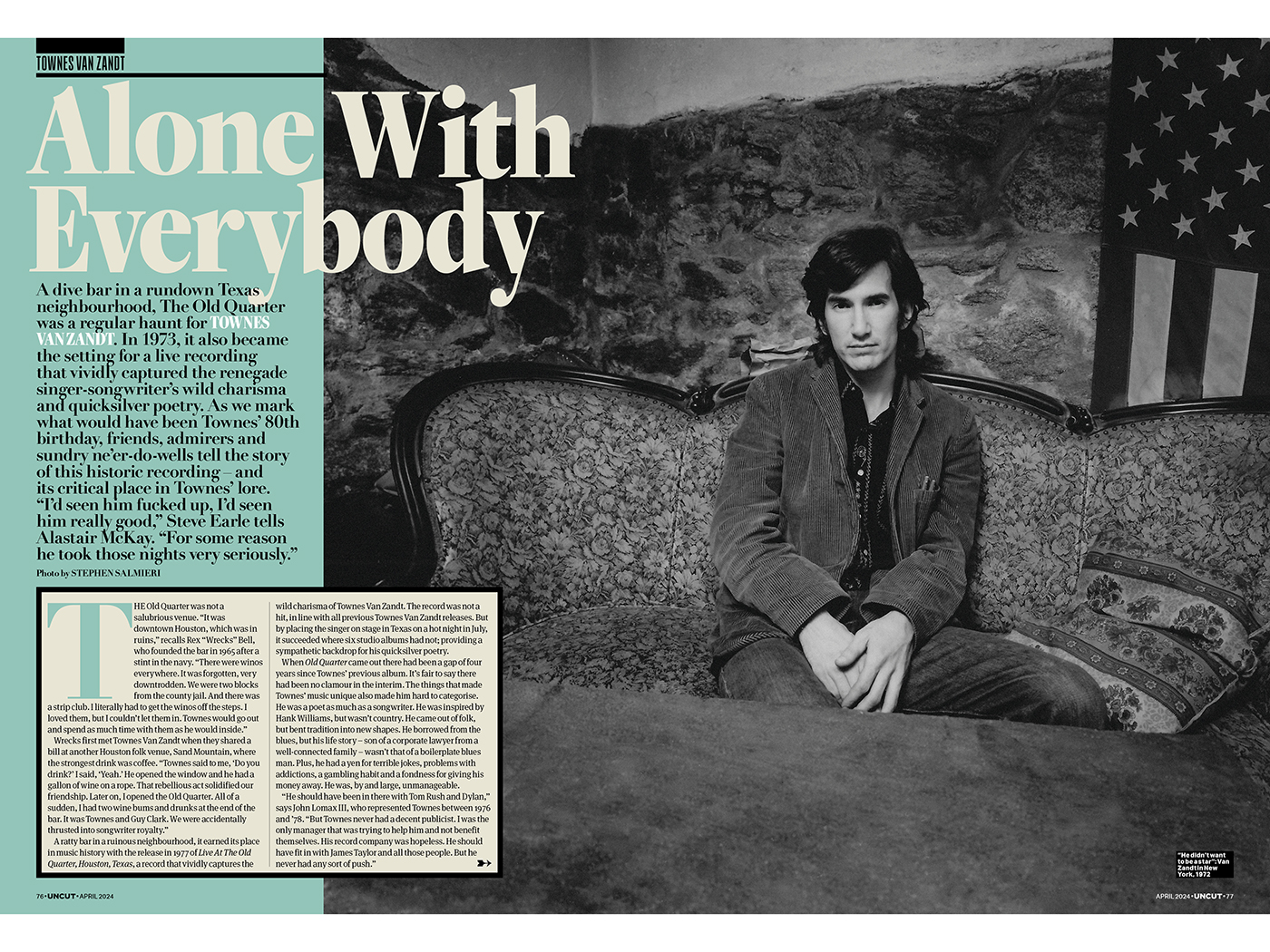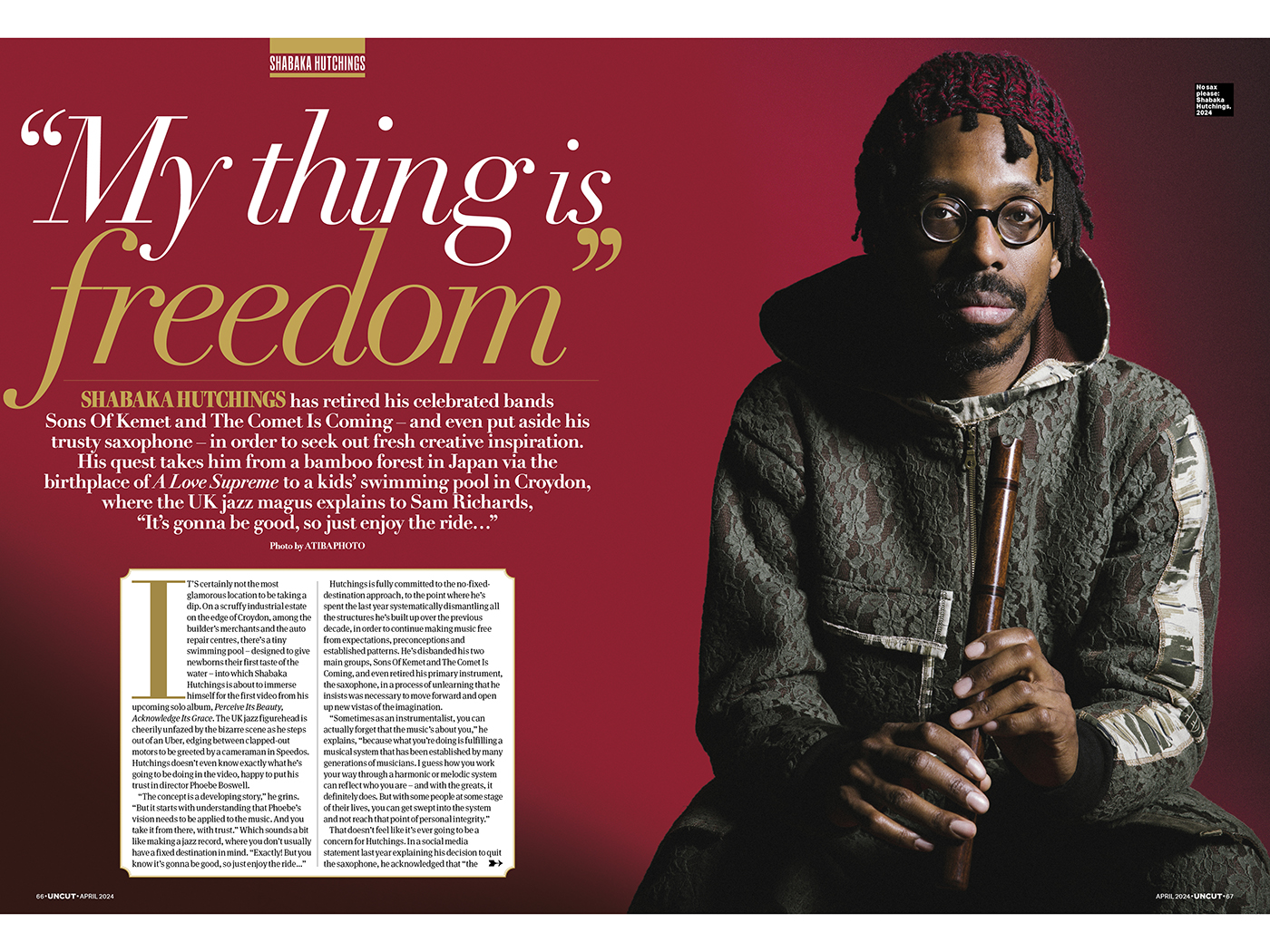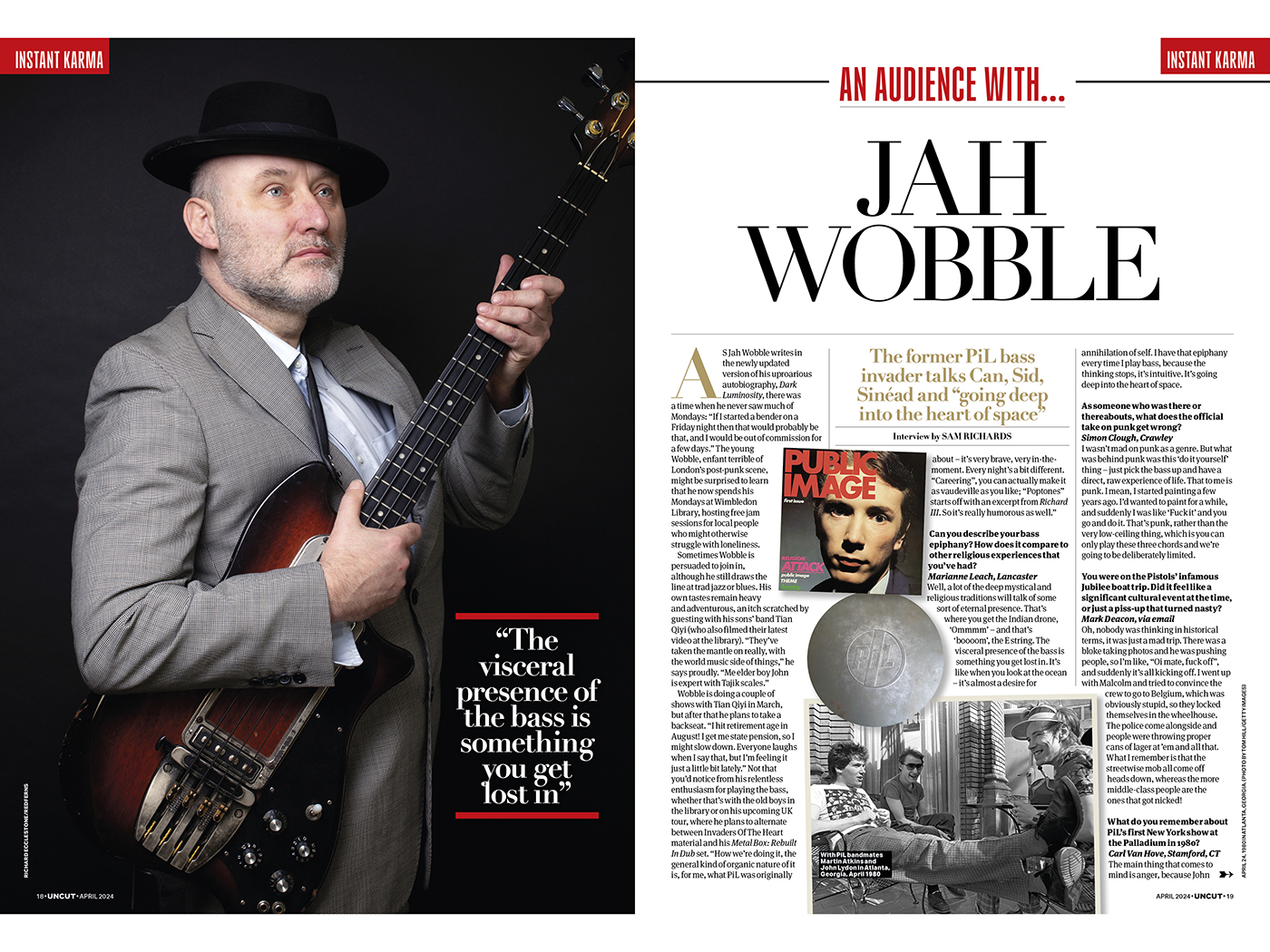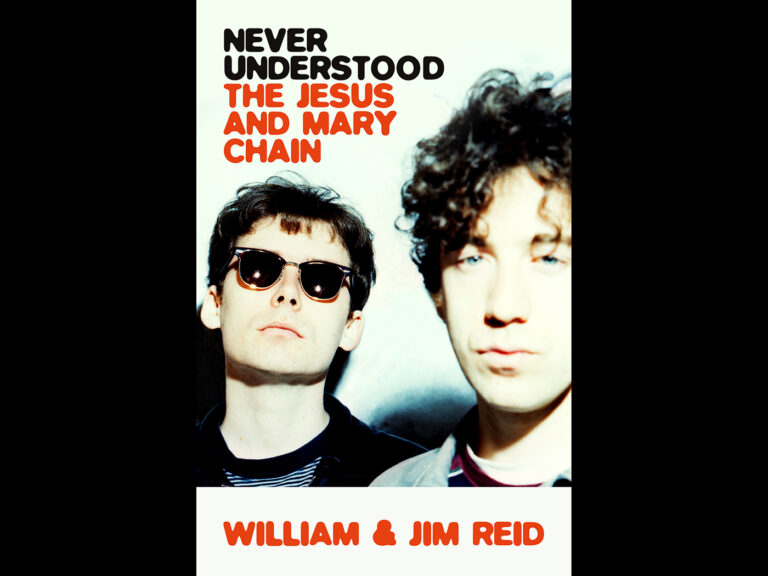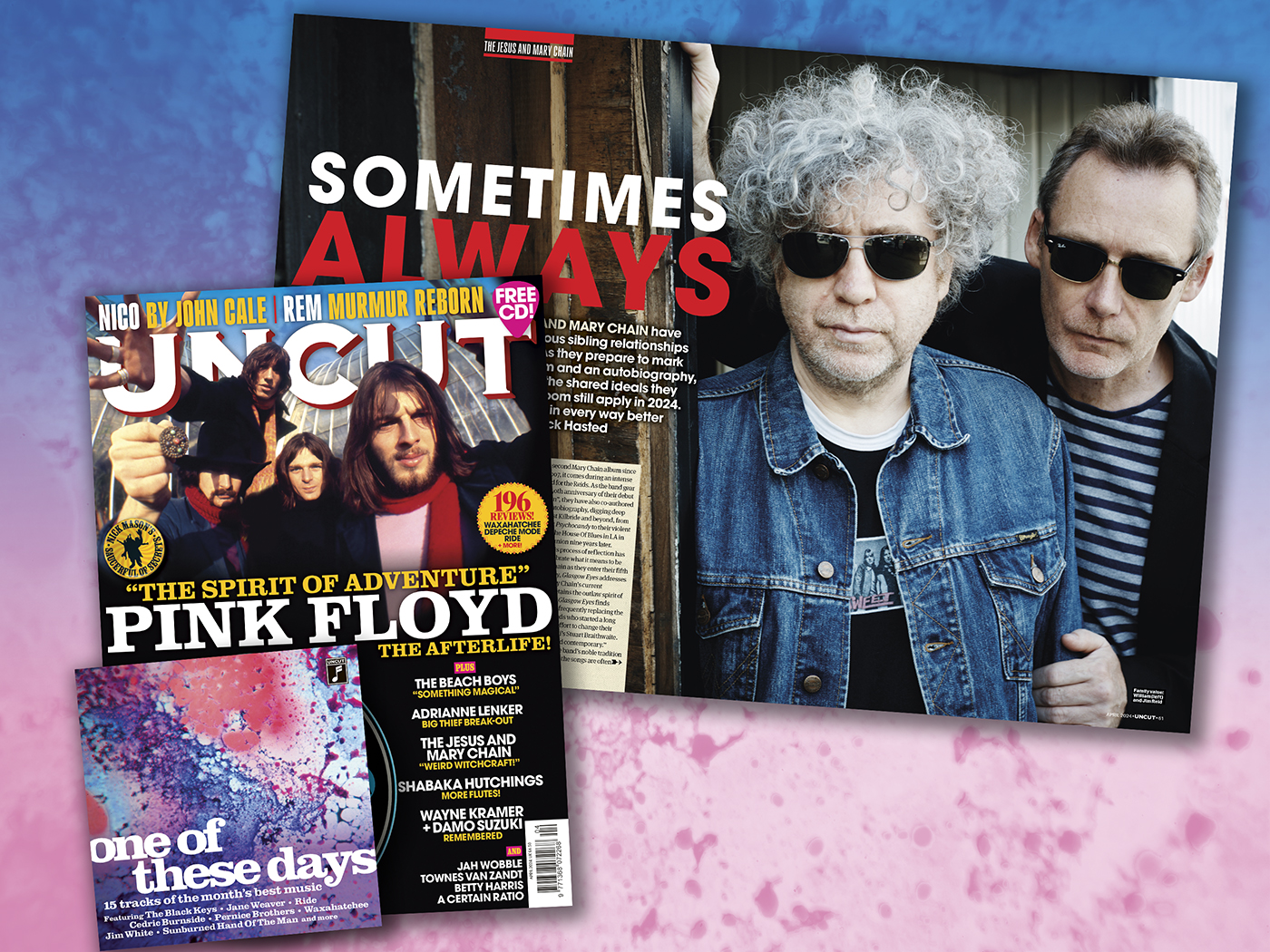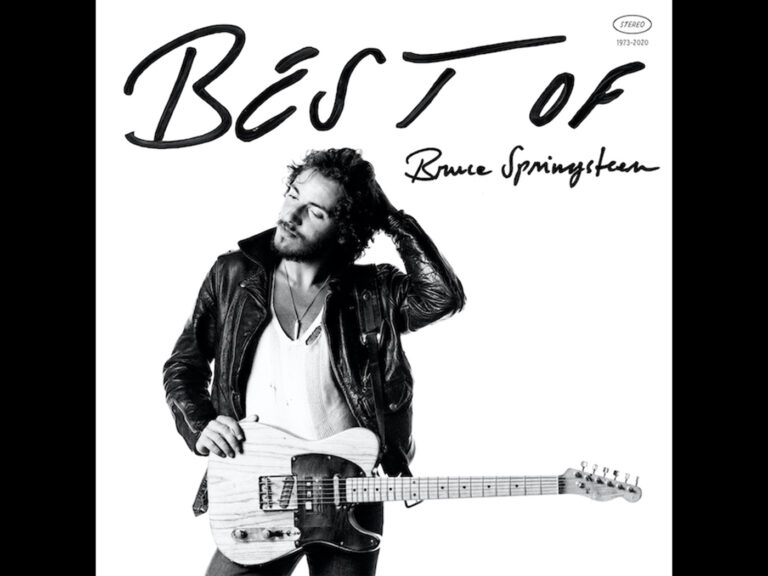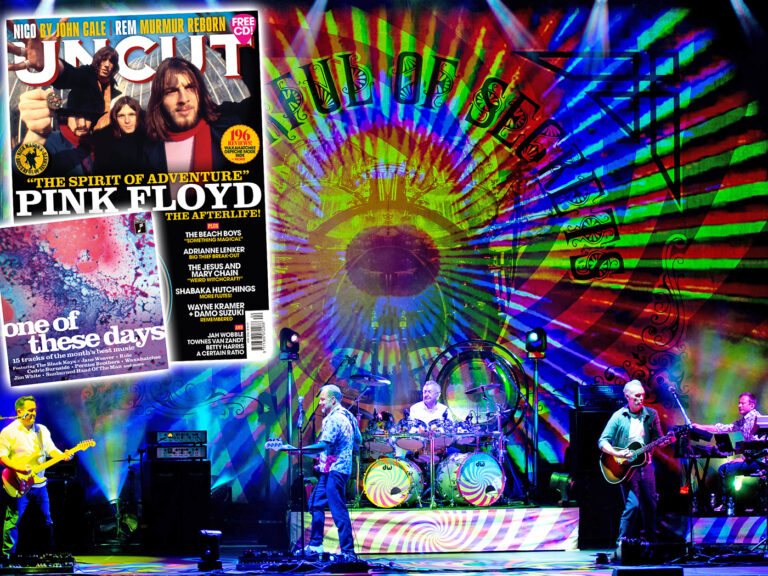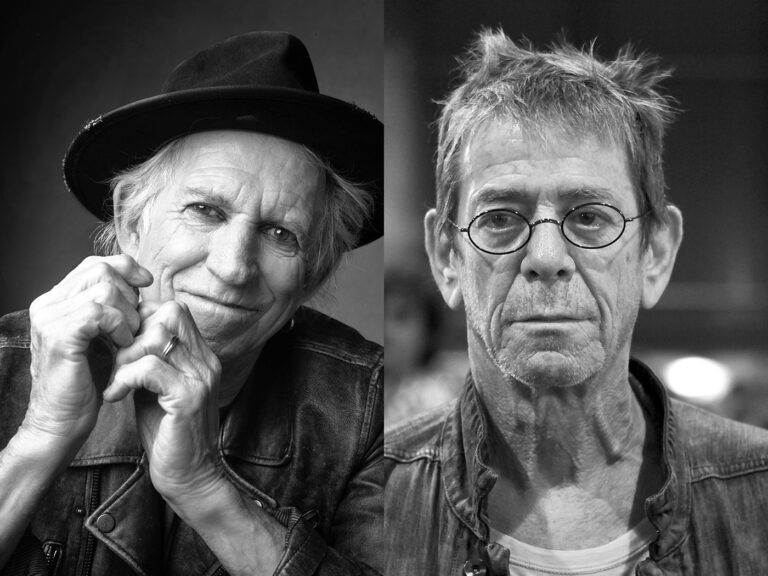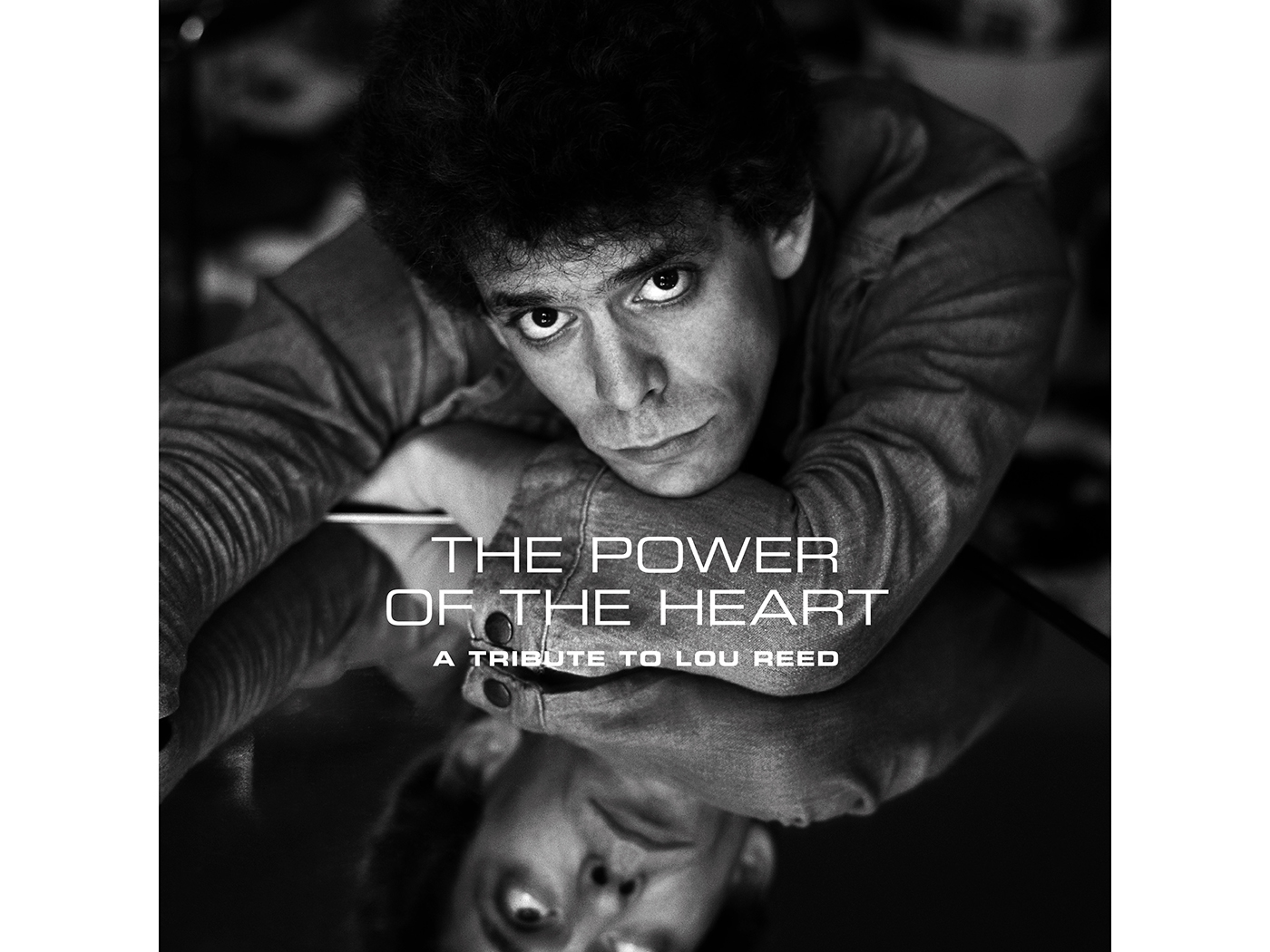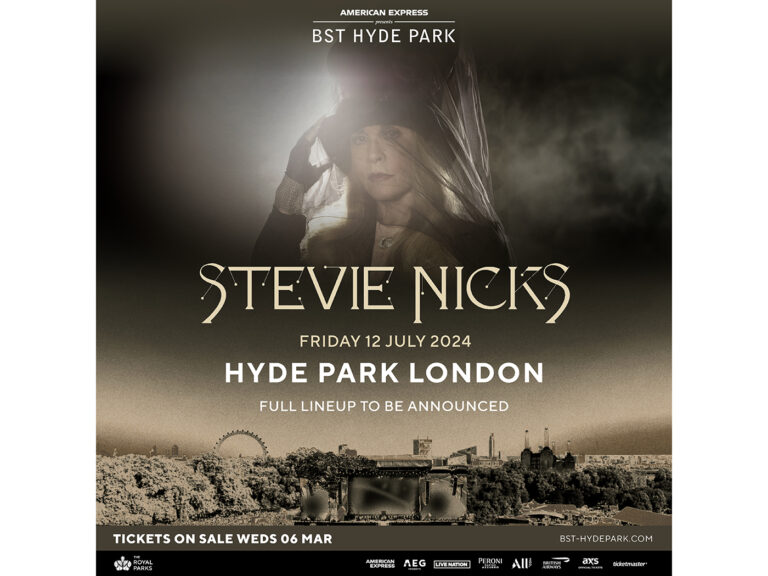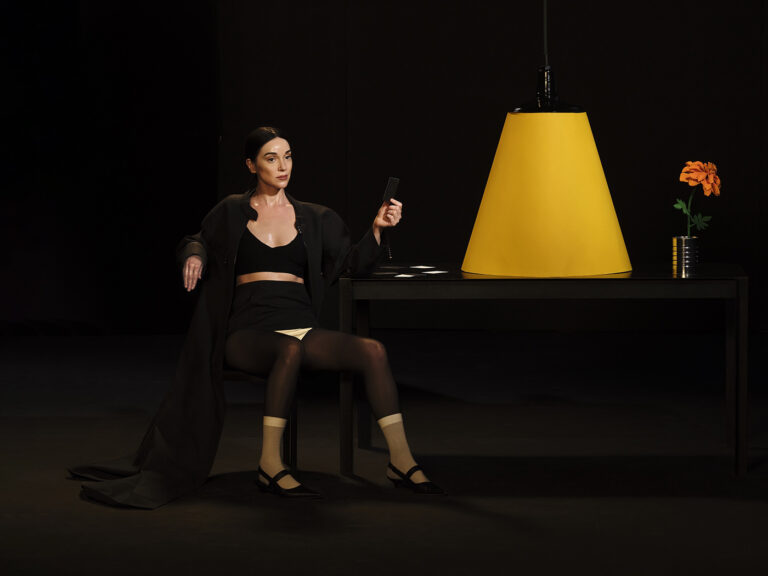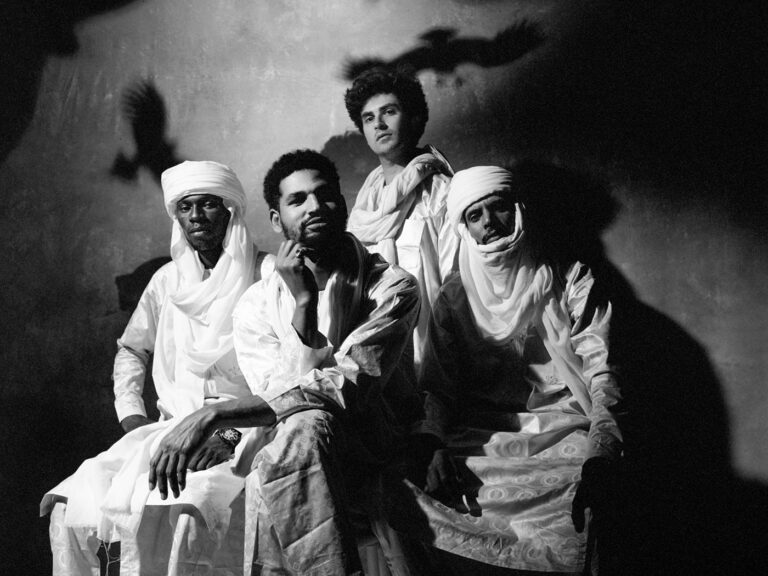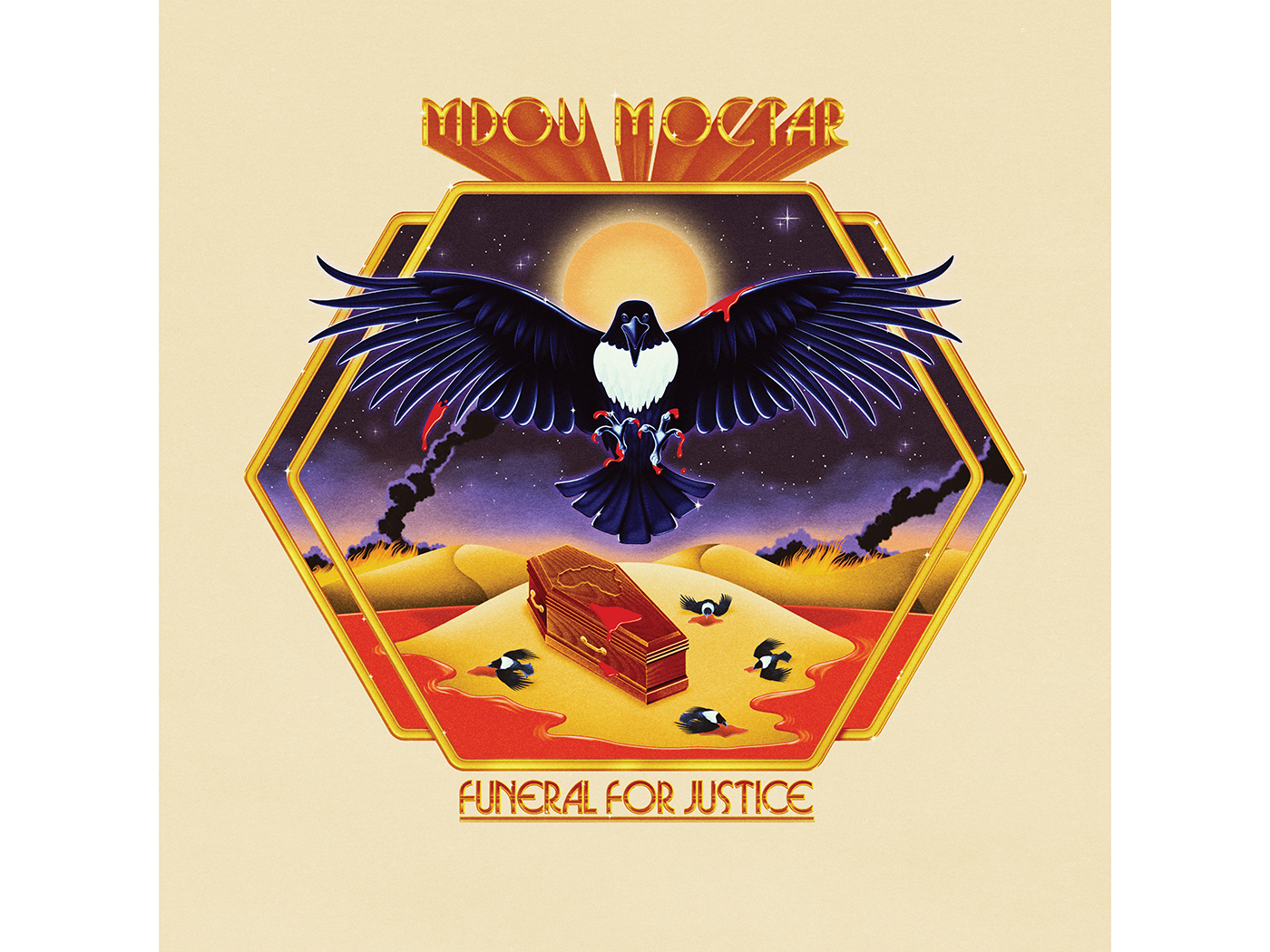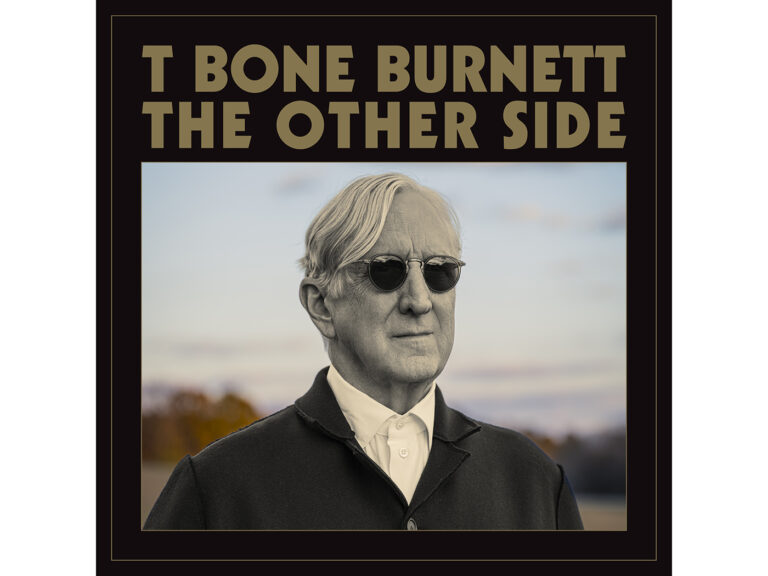Oren Ambarchi’s future path was defined by a serendipitous mix-up in his grandfather’s Sydney junkshop. Taking home what he thought was a copy of Iron Maiden’s Number Of The Beast, the record inside turned out to be Miles Davis’s even more nefarious Live-Evil. “I was really confused,” recalls Ambarchi. “The music was just bizarre. To my ears it sounded completely chaotic and didn’t make any sense. But I stuck with it, and became really obsessed with [Davis’s] music from that point onwards. It opened the door to a lot of things.” Not only did his grandad’s shop inculcate an early love of freaky sounds, it provided the tools for Ambarchi’s first sonic investigations: “I was bringing home effect pedals and reel-to-reel machines, so I started fooling around with that stuff at home.” He spent his teenage years drumming in free-jazz and noise-rock bands, but was always intrigued by the possibilities of pure sound. When a bandmate abandoned an old guitar in their rehearsal studio, he couldn’t resist picking it up, incorporating its buzzes and clangs into his vivid sound collages. “I always loved guitar, I always loved rock music, but I think I came at it from a different route.”
And so began a remarkably prolific and unconventional recording career, making abstract electronica with guitars or propulsive kraut-jazz freakouts with a “virtual band” that has at times included everyone from Arto Lindsay to BJ Cole. “I love making records,” he enthuses. “It can be tormenting, but it’s really addictive when it works. Just pushing myself to do something different each time really fires me up.”
PINK FLOYD ARE ON THE COVER OF THE NEW UNCUT – ORDER YOUR COPY HERE
OREN AMBARCHI
INSULATION
TOUCH, 1999
For his international debut, Ambarchi challenges himself to emulate glitchy European electronica using just a guitar
I’d been in a lot of noise-rock bands – I’d already been to Japan twice and worked with people like Masonna and members of The Boredoms. Then around ’98, I started listening to a lot of the electronic music that was happening in Europe at the time. The Mego label was absolutely huge for me, and also groups like Pan Sonic. I found myself with an old electric guitar, this instrument that was not associated with those worlds at all. But I was really determined to explore those inspirations – and also the older electronic music I was discovering, like musique concrète – and just see what I could do with the guitar. I was quite extreme in the sense that I was not going to use anything else; I was going to limit it to just these primitive effects pedals and see how far I could push it. Most of that record was recorded to cassette, I was just fooling around at home. I loved the Touch label at the time – I sent a demo to them and they got back to me. I couldn’t believe it. I think they wrote: “We really hate the guitar, but we really like this.”
OREN AMBARCHI
GRAPES FROM THE ESTATE
TOUCH, 2004
A hazy, hypnotic pleasure, employing warm organic textures for the first time
Around the time of [2001’s] Suspension, I found something that was a bit more personal. I remember consciously being like, ‘Wow, I’m letting melody into these abstract guitar pieces.’ I felt a little uncomfortable about that, but it just felt real. So I slowly started tapping into that more, because I grew up listening to a lot of pop music, and I love melody too. I’m not religious about being experimental or anything. There was a studio in Sydney called Big Jesus Burger, run by a very close friend of mine. He had a whole bunch of stuff in his studio that I could play, it was really fun. I thought, ‘Wait a second – why am I being so hardcore, just playing the guitar?’ It was liberating to have other colours going on. He had tuned bells in the studio, and I loved using that. I bought an acoustic guitar for “Remedios The Beauty”, because I didn’t have one. I think the only time I ever used it was to make that track. It sounds like a very relaxed record, but in those days I didn’t have a lot of money to go into the studio, so it was done really quickly and quite stressfully.
OREN AMBARCHI & JIM O’ROURKE
INDEED
EDITIONS MEGO, 2011
The first of three great records created as a duo with O’Rourke
I met Jim in New York in the ’90s. I had a Merzbow T-shirt on from his old label, Dexter’s Cigar. I was walking down the street and someone across the road yelled, “We only sold two of those, you know!” – and it was him. And then we just kept bumping into each other and clicking about stuff. We’re the same age and we love a lot of the same things. The Indeed thing was weird because I was in Japan doing a gig with Mika Vainio and Thomas Brinkmann. Jim wrote to me and said, “Oh, you should come to my house in Tokyo to record.” The night before, I was singing karaoke ’til about four in the morning and I’d drunk way, way too much. I remember emailing Jim: “I’m not in a good way, maybe we shouldn’t do this.” And he was like, “I’ve got coffee, just come over.”
He had a crazy modular synth set-up, and they’re all flickering. Pro Tools was ready to record, and then he hands me Kim Gordon’s guitar! I’m left-handed, it was right-handed, and I’m feeling horrible. I was like, ‘What is going on here?!’ I felt really self-conscious, so I said, “Can you make me sound like David Behrman on Leapday Night?” He jumped up and started patching all these cables into the modular in 30 seconds, it was insane. I remember as I was playing, he was pumping his fist in the air really excitedly. I recorded about 25 minutes’ worth of stuff. And then we literally made the album over the next hour or two in a frenzy of overdubs. He grabbed a banjo, there was marimba, a woodblock – it was just really fun and quick and it made sense.
OREN AMBARCHI
AUDIENCE OF ONE
TOUCH, 2012
Ambarchi expands his horizons in all directions: from ‘proper songs’ to 30-minute kraut-jazz jams to… Kiss covers!
I’d made so many records where it all began with me playing the guitar, and I started to lose inspiration. The big centrepiece of this record is called “Knots”, which came from when I was jogging and listening to a Terje Rypdal record that he made with Miroslav Vitouš and Jack DeJohnette. The drums were jazzy, but very propulsive – almost krautrock. As I was jogging, I thought, ‘I’m going to ask Joe Talia to play in that style for as long as he can, as intensely as he can, and build it over 30 minutes if possible.’ And he did, and then he sent it to me, and I reacted to it on the guitar at home. It was a really liberating thing to have me reacting to someone else’s playing for the first time, and then shaping it into a composition. And then the last piece is a cover of a track [“Fractured Mirror”] by Ace Frehley from Kiss. The Ace Frehley solo album was really big for me when I was eight or nine, and I still love it. In my head, I thought it could sound like an American minimalist piece. An installation artist asked me to do this thing where a guitar was tied to a rope in a huge aircraft hangar building. They wanted me to basically destroy this guitar by violently smashing it against a wall. I tuned all the strings to the same note and it sounded incredible. So the clangy guitar stuff on that Ace Frehley cover comes from me smashing a guitar against the wall.
OREN AMBARCHI
SAGITTARIAN DOMAIN
EDITIONS MEGO, 2012
Oren rocks out over an extended motorik groove, partly inspired by “Purple Rain”
A different installation artist wanted me to make sound for some films, and there was a budget that allowed me to go into probably the best studio in Melbourne for a day. It’s always a luxury for me to work in a studio, I feel like a kid in a candy store. He was very vague about what he wanted, so I went, “OK, well, I’m gonna go into this amazing studio and try to make an album in a day.” I had this recurring backbeat in my head, so I just played drums for about half an hour, and then built it from there. I didn’t even know if it would turn into a record – I was just having fun in the studio.
I remember falling asleep on a long-haul flight from Australia while listening to Prince’s “Purple Rain”. At the very end of it, there’s these strings that come in. It’s so beautiful, but it’s so short. I thought, ‘Imagine doing this extended “Purple Rain” string thing, like Prince meets Gavin Bryars or something.’ It’s also totally inspired by my adolescent Mahavishnu Orchestra fixation.
KEIJO HAINO/JIM O’ROURKE/OREN AMBARCHI
Only Wanting To Melt Beautifully Away Is It A Lack Of Contentment That Stirs Affection Or Those Things Said To Be As Of Yet Unseen
BLACK TRUFFLE/MEDAMA, 2014
The best of many live recordings Ambarchi and O’Rourke have made with legendary Japanese maverick Keijo Haino
The fun thing with that trio is, you never know what Haino is going to show up to the gig with. He has a crazy instrument collection and he grabs something different every time. Haino is always tripping you up – he’s always doing something to change what’s going on, or make things uncomfortable for himself and for us, which pushes you into another area. At that show, I remember thinking, ‘This is so beautiful’: the harp, the 12-string guitar, this very kind of folky otherworldly thing. I just had brushes, I was playing very quietly, and then Haino went over to his electronics and completely obliterated it. I remember feeling really pissed off, so I thought to myself, ‘I’m just gonna keep doing what I’m doing.’ It was kind of absurd, because there’s a guy playing with brushes while this madman is making torrential noise. Jim was still playing the acoustic guitar as well, so I was sure no-one could hear anything. But later I was able to mix the multitrack so I could hear what we were all doing, and it was incredible. It’s inspiring to play with someone who’s constantly creating something unpredictable.
OREN AMBARCHI
HUBRIS
EDITIONS MEGO, 2016
Two relentless rhythmic cavalcades – separated by a serene guitar interlude – with a who’s who of leftfield luminaries adding layer upon layer of freaky noise
I was determined not to make a complicated record, because I just made Quixotism [2014]. There’s a lot of people on that and it was really hard to make, and I was really burnt out. I thought, ‘OK, the next one is going to be really basic.’ And of course it ended up having, like, 98 guitar tracks. But in a way it’s very straightforward. I was listening to a lot of Italo-disco, and there’s a really great track by Tullio De Piscopo called “Stop Bajon”. There’s an instrumental version of it on the 12-inch with two guitars that are panned left and right doing this repetitive, out-of-sync, rhythmic thing, and I loved that. So Hubris was about honing in on these small details, but expanding upon it with various things. It was a reflection of my lifestyle where I didn’t really have a normal home situation, travelling from gig to gig. That record started because I was playing a show in London, and Mark Fell was in Rotherham. I said, “I’ve got this idea for a new record – maybe I could come over and do some stuff?” Then my next stop was Berlin to work with Konrad Sprenger, and it built from there. I think the last person I worked with was Jim, when I was in Tokyo. So the album slowly expanded during my tour – that’s why there’s so many different people from all over the world on that record.
I played with Arto Lindsay when I was 23, with John Zorn in New York, but I didn’t think he’d even remember who I was. I heard this Arto Lindsay guitar thing on “Hubris Part 3”, so I started to do it myself at home. And then I was like, ‘Why am I imitating it? Maybe he would do it?’ So I got in touch with him, and a day or two later I had 30 minutes of Arto Lindsey playing over this piece. Amazing! It kind of sounds like a band, but it’s actually me making a virtual band.
OREN AMBARCHI/JOHAN BERTHLING/ANDREAS WERLIIN
GHOSTED
DRAG CITY, 2022
Ambarchi plays live guitar and various effects in this groovy avant-jazz trio
That was the three of us in a room together, the absolute opposite of a lot of my solo records. I’d worked with Andreas and Johan in Fire! – we made a record and we toured, it was a lot of fun. So they said, “Why don’t we record for a day in Stockholm when you’re around?” It was really relaxed, just three people in a room playing together. I don’t think we even spoke about what we were going to do at all. But I’ve always loved jazz and I grew up listening to a lot of ECM records, and those guys as well. And maybe that side of us came out a little bit. It might have been because we’d worked in Fire!, which was much more aggressive, that we went the other way. I think because there were no preconceptions, it was kind of fresh – it wasn’t this thing where we were going back to what we always do. I’m a little nervous, ’cause we’re recording again in a week. I don’t want to do the same thing again, but there’s something nice about what we do together as well. I’m probably overthinking it!
OREN AMBARCHI
SHEBANG
DRAG CITY, 2022
Intricate yet playful four-part opus, with starring roles for Julia Reidy’s 12-string guitar and BJ Cole’s pedal steel
This record was inspired by me seeing Julia Reidy play for the first time in Melbourne about five or six years ago. She was playing 12-string guitar solo and she blew my mind. In my head, I could hear Joe Talia playing a ride cymbal over what she was doing. So I contacted her and said, “Hey, would you be up for recording some stuff? Can you play at this tempo in this tuning for this long?” And I made all this music related to what Julia was doing.
Again, that record was done in a way where none of us were in the same room – a lot of the time I wasn’t even in the room with the musician, because it was during a lockdown. So I would send people stuff, but I would never send the same thing to more than one person. I didn’t want people to hear the big picture. I had this really long timeline with all these different people reacting to different events. I knew that they would all relate to one another but not in a clichéd, conversational way.
Records to me are like a puzzle, and you’re putting the pieces together. There was a period of about two weeks where I was a mess, I couldn’t even speak to people and focus on the conversation because I was so preoccupied with the stupid thing that I was trying to solve. Eventually I was in the shower and I had this idea. I ran to Konrad Sprenger’s studio and said, “Can you just try this? Move this over here and move that over there?” And that was it.


